Nuclear safety: Eagle-eyed PNRA staff keeps watch over facilities
The authority works independently of PAEC to keep plants safe and secure.
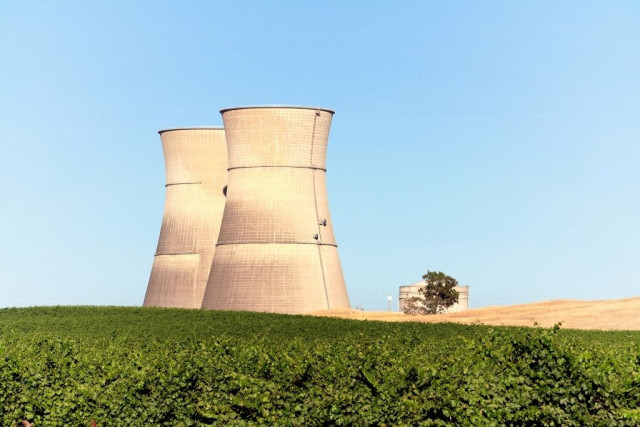
A file photo of a nuclear power plant. PHOTO: FILE
Pakistan’s official regulatory agency for nuclear facilities is keeping a close eye on the safety and security protocols of the country’s nuclear power plants, including those that are under-development, according to the agency’s officials.
Representatives of the Pakistan Nuclear Regulatory Authority (PNRA) were speaking at a session on “Regulatory Framework in Pakistan with respect to Safety and Security of Nuclear Power Plants” on Saturday. The session was organised by the Rawalpindi-Islamabad chapter of the Institution of Engineers Pakistan.
Through its regulatory mandate the PNRA is focused on ensuring that the public, the environment and nuclear power plant workers are not harmed by radiation, PNRA officials said at the session.
The officials said nuclear safety deals with protecting people and environment from harmful radiation through design features, physical barriers and mitigation efforts. On the other hand, nuclear security typically involves detection of, prevention of and response to activities such as theft, sabotage or unauthorised access at nuclear power plants that can lead to safety issues, officials said.
PNRA works independently from the country’s only nuclear material operator, the Pakistan Atomic Energy Commission. The authority is responsible for authorisation — licenses and permits —, review of technical reports related to construction and safety of nuclear facilities, development of regulatory framework and enforcement, said Muhammad Rahman, the director of PNRA’s Nuclear Safety Directorate.
The “regulatory pyramid” regarding nuclear safety in Pakistan flows down from an ordinance to regulations — written in light of International Atomic Energy Agency (IAEA) rules — all the way down to regulatory guidelines and industrial codes, Rahman said.
Major national regulations include rules on safety of nuclear power plants in terms of design, he said. He said the regulations are supposed to be followed by the operator of the power plant, but PNRA keeps a close check through regular inspections before, during and after the construction.
Rahman told The Express Tribune the PNRA has an enforcement staff of around 200 inspectors, who specialise in different aspects of a nuclear power plant, to assess the country’s two existing power plant sites in Karachi and Chashma, and other under-development projects.
The safety regulations require nuclear plant design to be geared for redundancy and for avoiding manufacturer-based faults.
Engineer Abdul Shakoor, the Head of PNRA’s Directorate of Physical Protection and Nuclear Safety, said it is primarily the state’s responsibility to establish, maintain and implement a nuclear security regime that is informed by routine threat assessments.
The PNRA is legally empowered to ensure appropriate physical protection measures at the nuclear power plants, Shakoor said. He said physical security at the plants is provided in concentric circles spreading outwards from the plant’s “vital area” with the reactor through a “protected area” of the plant and a surrounding outermost “limited-access area.”
PNRA spokesperson Faizan Mansoor said the integrity of the containment structure, which encloses a nuclear reactor to keep nuclear radiation from escaping, is ensured through its design. Typically the containment structure is designed to survive impact from a commercial airplane, he said.
Responding to a question, Mansoor told The Express Tribune that PNRA is currently reviewing the reports of the K-2 and K-3 nuclear reactors for a new power project on the Karachi coast.
Published in The Express Tribune, February 16th, 2014.

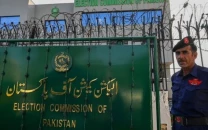
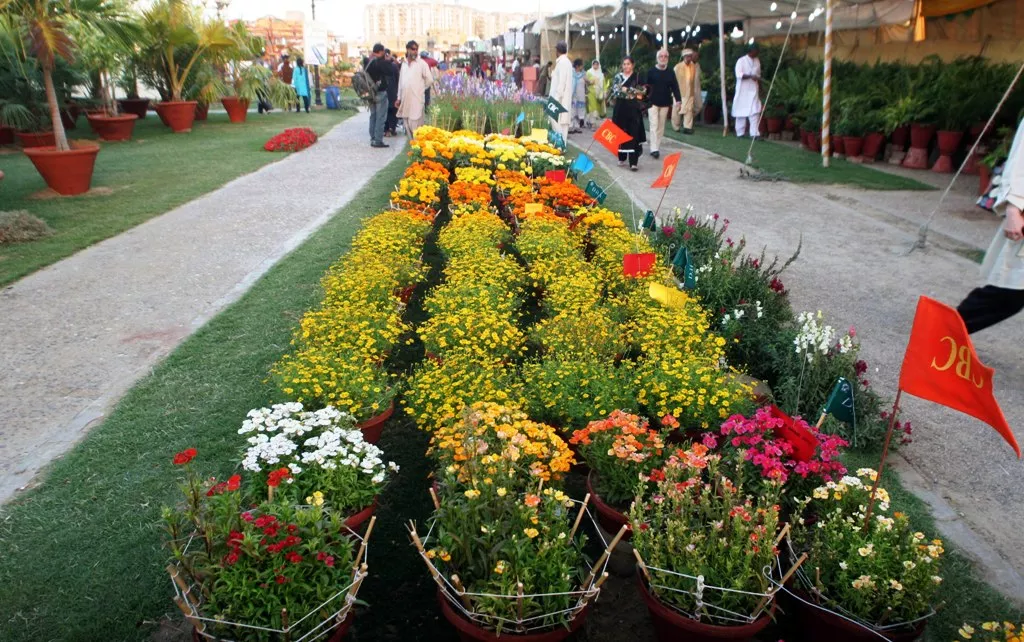
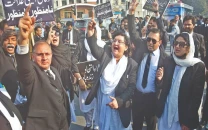




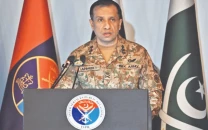

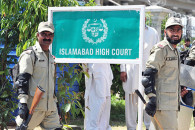
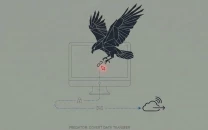

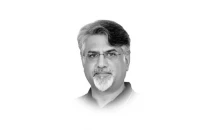





COMMENTS
Comments are moderated and generally will be posted if they are on-topic and not abusive.
For more information, please see our Comments FAQ